In mid-March, a Ukrainian unmanned aerial vehicle (UAV) crashed into Rosneft’s Ryazan oil refinery, located 500 kilometers from the border with Ukraine. On April 2, the distance of the attack doubled, when a UAV factory and Russian oil and gas facilities in the Republic of Tatarstan, more than 1,100 kilometers from the border, were attacked by UAVs.
A source close to Ukraine's UAV program said the vehicles involved in the raid had longer ranges, higher capabilities, and even used artificial intelligence (AI) technology to guide and neutralize Russia's jamming capabilities.
"Each UAV has a computer containing satellite and terrain data, and we and our allies determine the flight direction before attacking," the source explained. "The AI guidance mechanism is activated when the enemy jams it to help the UAV attack the target with meter-level accuracy."
Ukrainian long-range UAVs attacked Russia's Ryazan oil refinery on March 13. Video : X/Igor Shushko
UAVs are equipped with a range of sensors and use “machine sense,” a form of AI, explains Noah Sylvia of the Royal United Services Institute (RUSI). Operators build a machine learning model on the UAV’s chip, teaching it how to identify its location, terrain, and the target it is aiming at.
Chris Lincoln-Jones, an expert on AI and UAV operations, said the technology for autonomous flight of this vehicle is still at a low level. "This level of autonomous flight has never been seen in a UAV, but we are at the early stages of that potential technology," Lincoln-Jones said.
Ukraine has relied heavily on UAVs and drones since the war with Russia broke out in February 2022, and has focused on developing technology to be able to manufacture these types of vehicles domestically.
Ukraine initially used UAVs and drones for reconnaissance or modified them to drop small caliber projectiles, then built a complete industry to gain some advantage over Russia with larger and better resources. This is why Ukrainian UAVs have become increasingly accurate, clearly demonstrated in attacks on Russian oil and gas facilities.
Some experts say that instead of attacking fuel depots, Ukraine is targeting distillation towers, which process crude oil and turn it into fuel or other derivatives. These are more complex and harder for Russia to replace.
"We see that some of the targets are complexes that require a lot of Western technology, which Russia is having a lot of difficulty in purchasing," Sylvia said.
UAV raided a residential area in the Republic of Tatarstan, Russia on April 2. Video: RusVesna
This tactic allows Ukraine to inflict more damage on Russia than would be possible with random attacks. Experts say such raids could have a greater impact on the Russian economy than existing Western sanctions.
“The vast majority of sanctions that have been imposed on Russia by the West so far have overlooked the energy sector,” said Helima Croft, managing director and head of global commodity strategy at investment bank RBC. “Energy exports, crude oil, gas and refined products, have kept Russia economically afloat to continue the war.”
Ukraine claims Russia has lost 12% of its total refining capacity. Russian officials have acknowledged the decline in their refining capacity and banned gasoline exports to avoid raising domestic fuel prices.
"The past weeks have shown that Russia's wartime economy has holes that we can attack with our weapons," Ukrainian President Volodymyr Zelensky said. "UAVs are our long-range strike capability. Ukraine will now always have an air strike force."
A series of attacks on Russian oil refineries in Ukraine has sent global oil prices soaring, with Brent crude up nearly 13% this year, prompting US politicians to worry about the potential economic impact of the attacks in a crucial election year.
While not mentioning energy prices, US officials said they were actively trying to persuade Ukraine not to attack Russian refineries. "We have long said we do not encourage or facilitate attacks inside Russia," a US official said.
Croft said the US and Western sanctions imposed on Russia since the outbreak of hostilities were designed to maintain the country's energy supply on the market.

Ukrainian UAV UJ-22. Photo: Ukrainian Ministry of Defense
“That was the deal between the United States and Ukraine: We will pump money and weapons into your arms, but leave Russia’s energy and export base alone, because we don’t want a major energy crisis,” Croft explained.
However, a military aid package worth more than $60 billion stuck in the US Congress has caused the flow of weapons to Ukraine to almost stagnate for months. "If you don't get the weapons and money as promised, what incentive is there for Ukraine to comply with the agreement?", Croft said.
Experts say the bigger concern is that Ukraine’s actions don’t stop at refineries. According to RBC, some of Russia’s largest oil export terminals, which support two-thirds of the country’s crude and petroleum product exports, are within range of Ukrainian drones.
“If a major export facility were hit, the market impact would be significant,” Croft warned. “Many of these facilities are located next to Russian refineries and it seems likely that they will be targeted next.”
Ukrainian officials acknowledged US concerns, but vowed to continue the attacks. Vasyl Maliuk, head of Ukraine's Security Service (SBU), said they would not stop attacking to "cut off the oxygen" from Russian oil.
Nguyen Tien (According to CNN, AFP, Reuters )
Source link


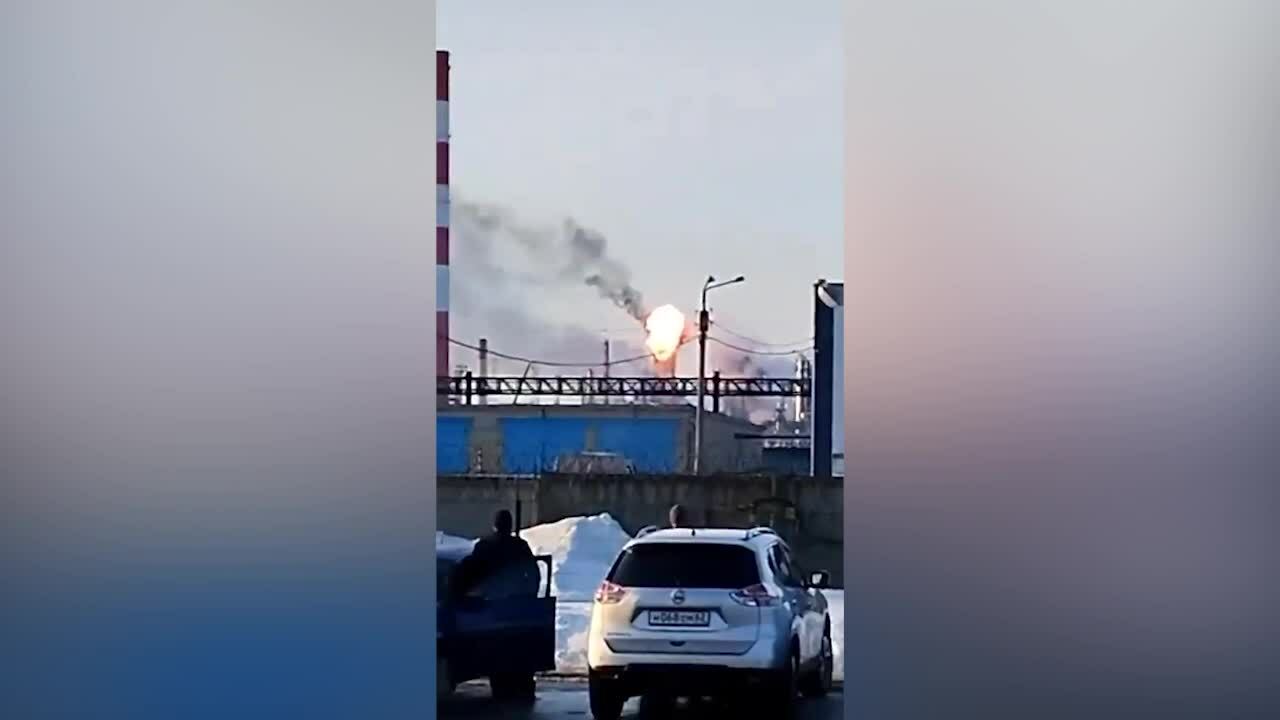










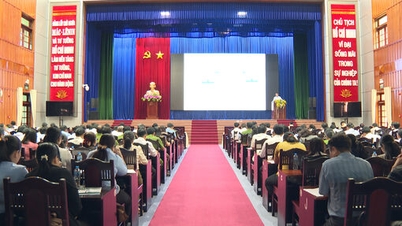









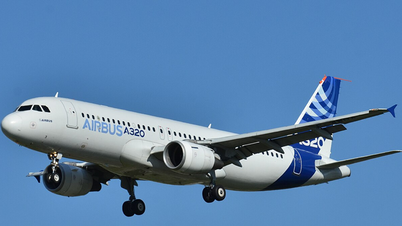




















































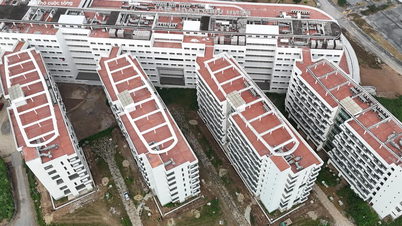

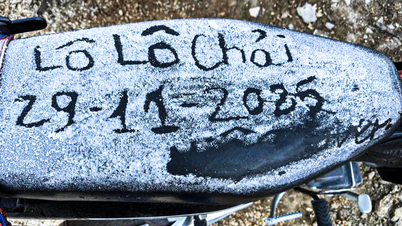

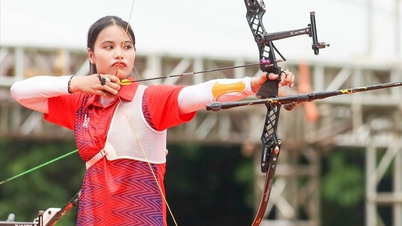
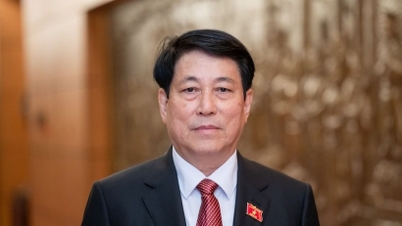
































Comment (0)